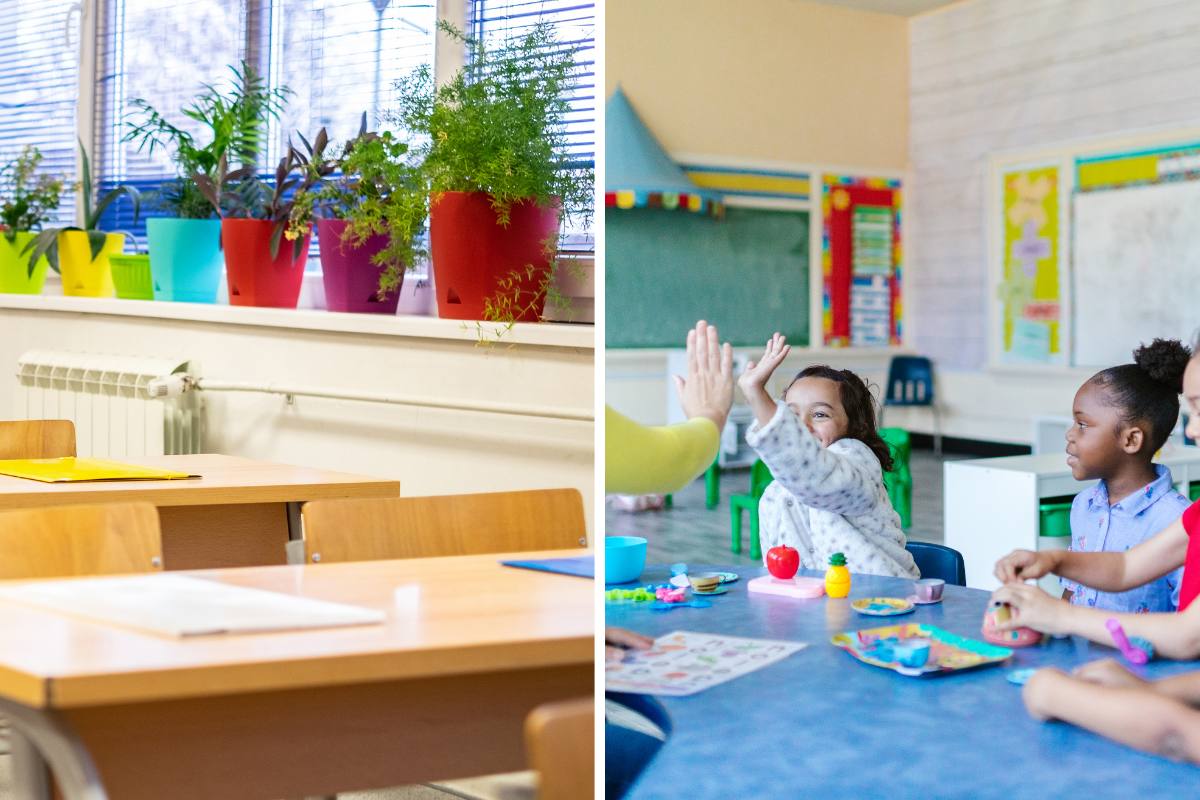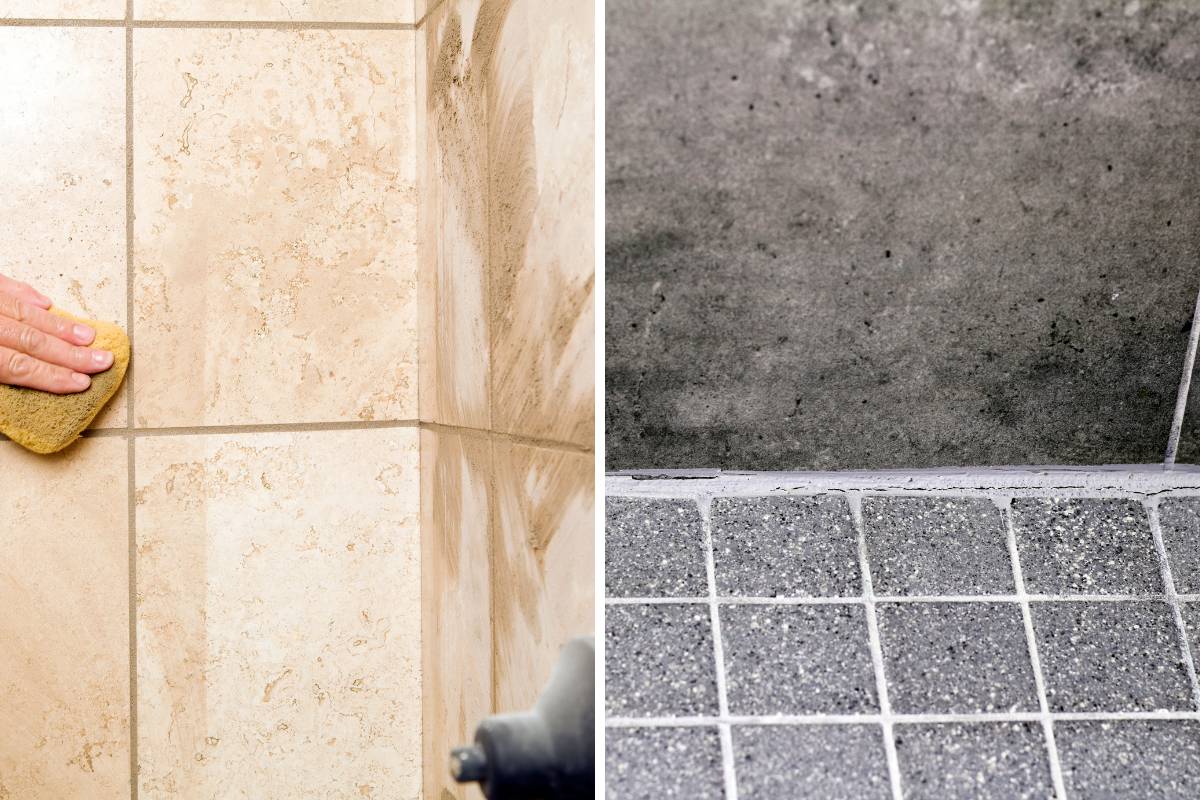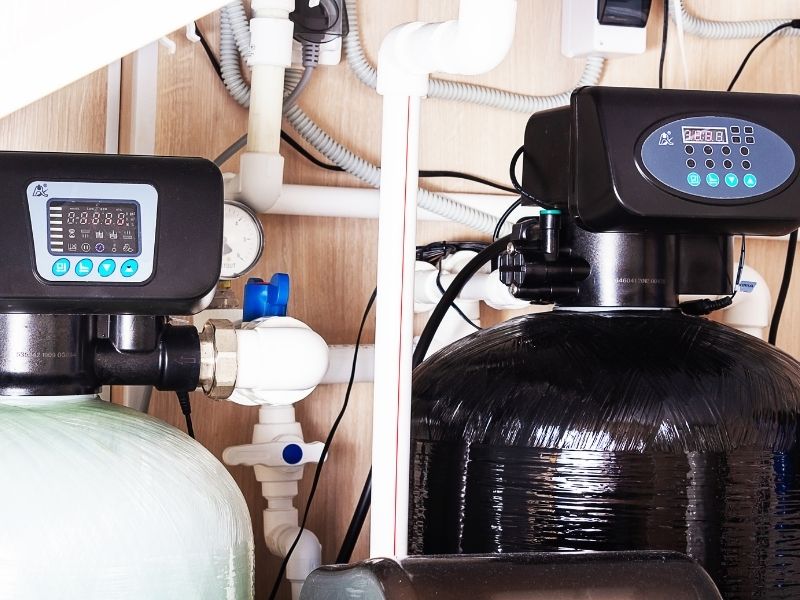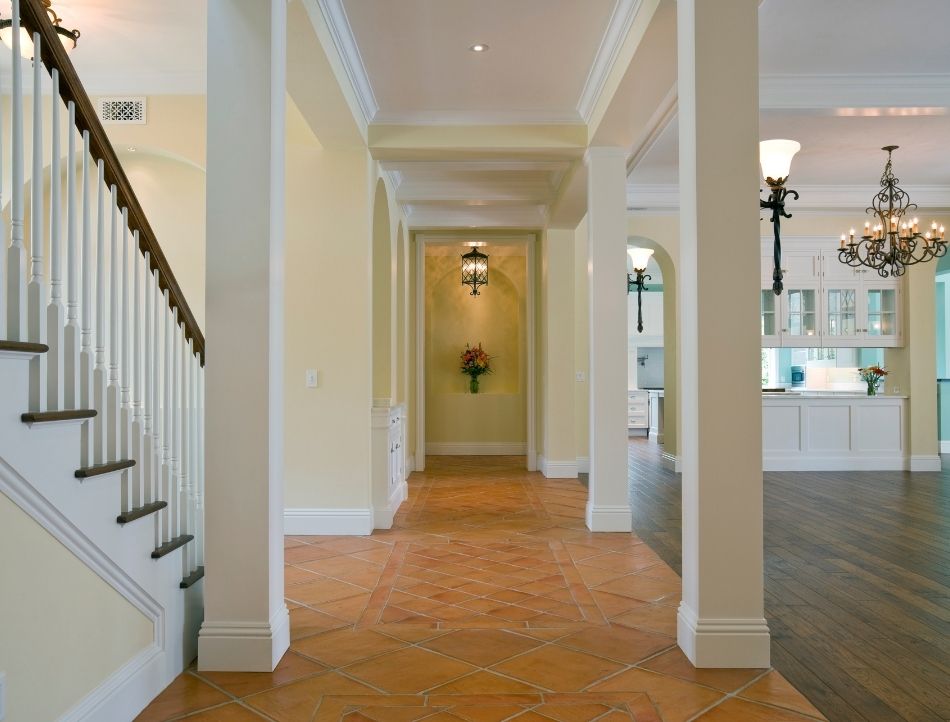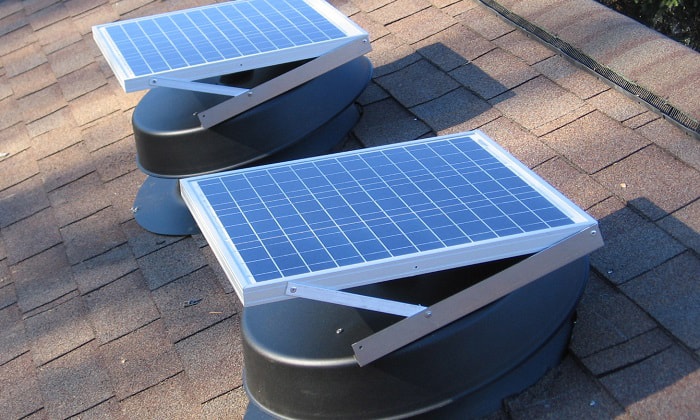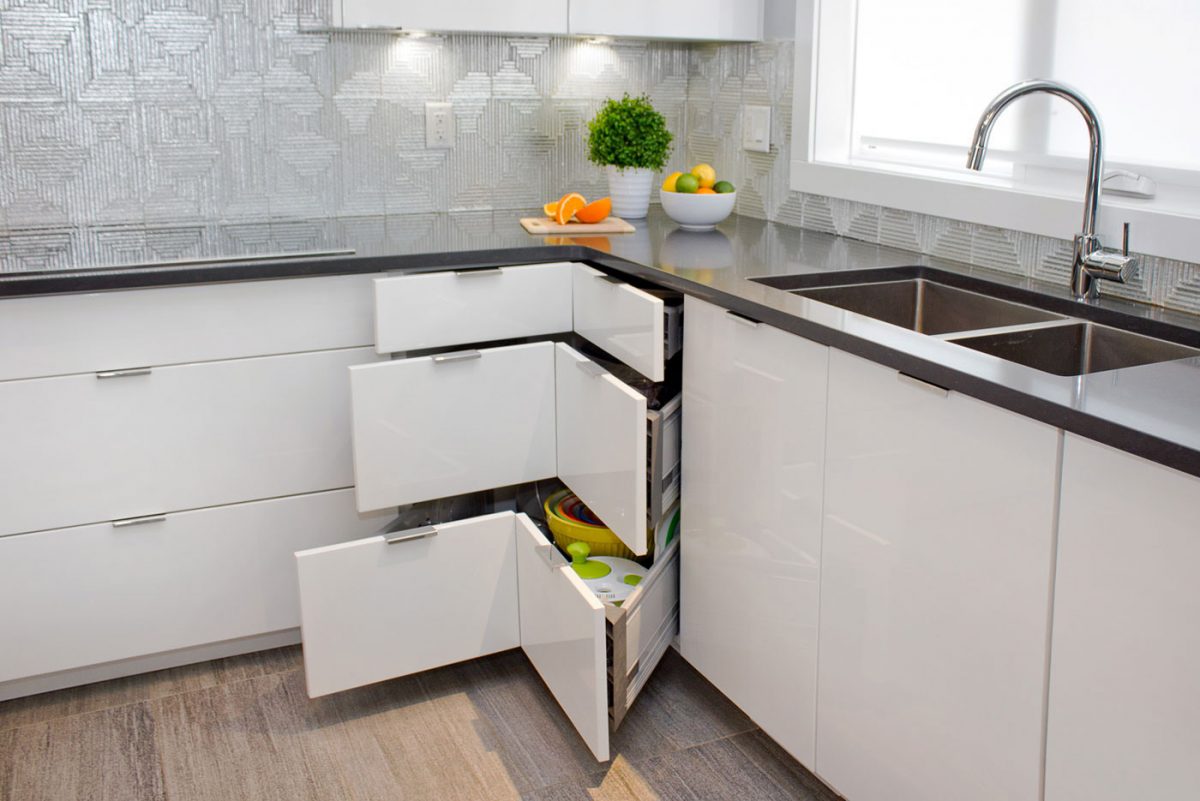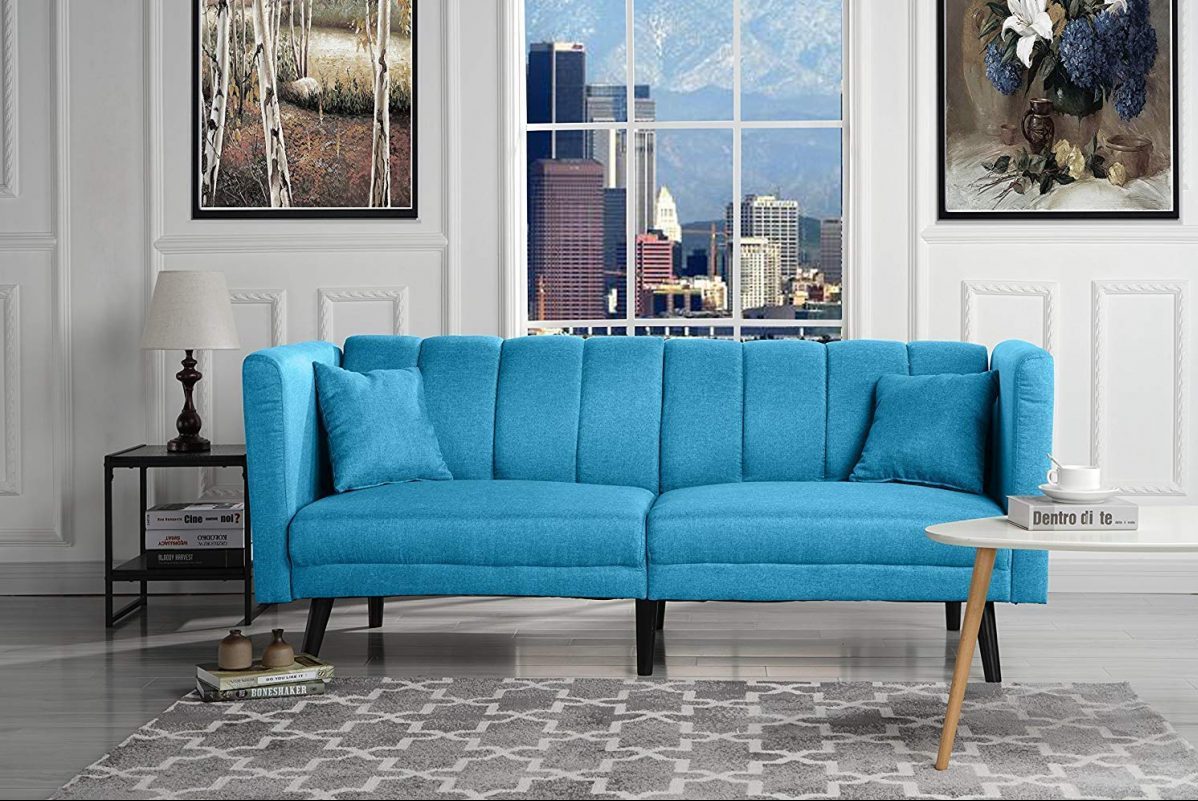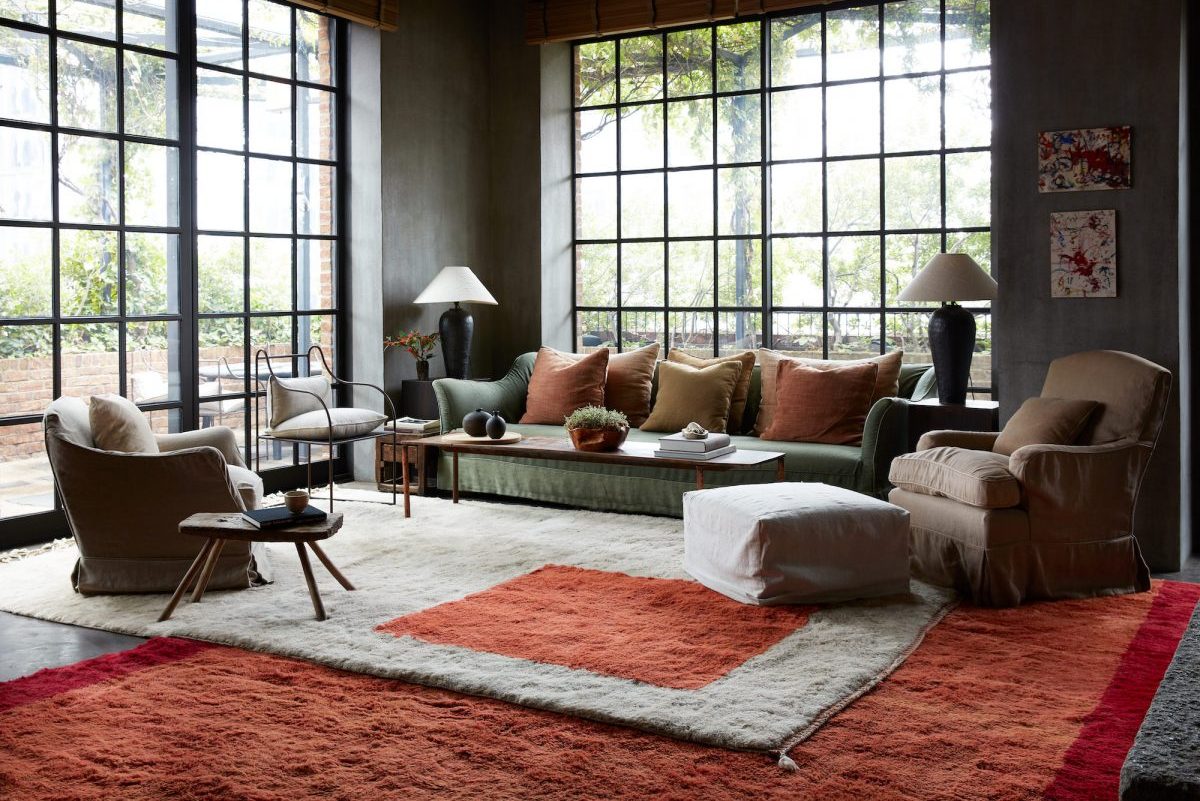When it comes to language learning, specifically enhancing vocabulary, integrating vocabulary games review sessions into your lessons can significantly improve students’ grasp of new words and phrases in a fun and memorable way. The following games are tailored to bring creativity and excitement into reviewing decor-related vocabulary. Each game is designed with clear objectives and requires minimal preparation, making them easy to implement. Whether your students are just beginning to learn about home decor or expanding their existing knowledge, these vocabulary games provide a dynamic way to engage with the material, encouraging …
Sanded vs Unsanded Grout for Shower: Which Is Easier to Clean?
When choosing between sanded vs unsanded grout for your bathroom shower, the decision largely depends on the tile spacing and the desired durability of the grout. Here’s a detailed look at each type, including their pros and cons, especially for use in a bathroom.
Sanded grout’s primary advantage in a bathroom setting is its durability. The presence of sand in the grout mix provides additional structure and strength, which helps prevent the grout from shrinking and cracking over time, even in moist conditions. This makes it a good choice for shower floors and other areas where the grout lines are subjected to more stress…
Full Comparison – Brushless vs Brushed Lawn Mower
When it comes to lawn care, the efficiency and performance of lawn mowers play a pivotal role. In lawn mower technology, a significant debate centers around brushless vs brushed lawn mower motors. These two types of motors, each with unique attributes and drawbacks, profoundly impact lawn mowers’ functionality and user experience. Deciding on the best mower for you is as important as selecting the right items to make your home cozy. Hence, understanding the differences between brushed and brushless motors is crucial for homeowners, landscapers, and anyone …
How to Clean a Water Softener Step by Step
Your water softener is a device that makes hard things easy. It removes hardness from your water so that your soap can lather properly. A whole-house water softener even protects your pipes and other appliances by preventing accumulated scaling on their surfaces.
Surely, it has saved you many headaches and made hard water the least of your worries. Since it does so much, it deserves some love as well. Let’s see how to clean your water softener so you can retain all its incredible benefits.
How to Clean Your Water Softener Tanks
The Resin Tank
The resin tank is the heart of your water softener, so you should pay attention to it. If it becomes too dirty or the hard minerals overwhelm it, your water …
How to Determine the Right Attic Fan Size
Having an attic fan can lessen the energy costs of air conditioning, especially during summer. In addition, it also avoids condensation and prevents the formation of ice dams in winter.
It is placed in the ceiling at times, specifically designed to suit over a hole in the ceiling or set inside a gable end. Moreover, an attic fan also serves as extra air conditioning where it sucks up circulating warm air inside a house going into the attic then emits it outside through a vent in the attic. But to correctly size it for a home is not an easy task. There are some excellent guides online about how to size an attic fan, and we will put together some pointers for you …
Best Lazy Susans in 2021
Dinner with a large table can be inconvenient, especially when plenty of meals are served. That can be a momentum killer, and at the same time, there is a high chance of creating a mess. For that situation, lazy susan turntables can provide you the needed convenience. If you are looking for the best lazy susans in the market today, check out the list below:
2555-0190 Non-Skid Cabinet Lazy Susan by Copco – Best Overall
For your information, lazy susans are not only for tables but also on kitchen cabinets and pantries. They are very useful when you want to make the most of the storage space while not sacrificing the accessibility of the items. If you want the best all-around lazy susan, then this might be an …
Best Small Sleeper Sofas to Buy in 2021
Sleeper sofas are subtle space savers. They have 2 functions: a sofa or a bed, which can be interchangeable with a few tweaks and folds. These are perfect for living rooms on city apartments or in small bungalow homes.
The best small sleeper sofas, on the other hand, do not indicate that they are really small. They appear shorter than regular sofas, but they can still be transformed into queen-size beds at most. If you are looking to buy one, take a look at the list below the top small sleeper sofas out there.
Joybird Hopson Sleeper – Best Overall
If you are looking for a multipurpose sleeper sofa, then you might consider this one. It has a mid-20th-century style and can be converted to a queen-size bed….

